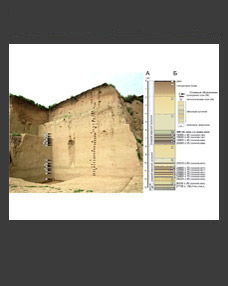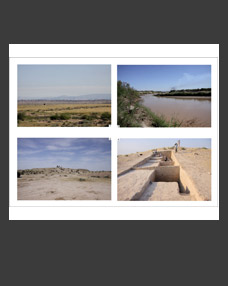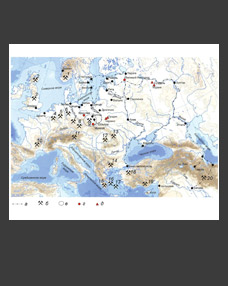Vladimir Yu. Kovala,#, Roman N. Modina,##, Nikolay A. Makarova,###
aInstitute of Archaeology RAS, Moscow, Russia
#E-mail: kovaloka@mail.ru
##E-mail: modin.roman@mail.ru
###E-mail: nmakarov10@yandex.ru
Keywords: archaeology, medieval town, stratigraphy, cultural layer, chronology.
In 2019–2021, the Institute of Archaeology RAS conducted excavations in the Great Garden of the Moscow Kremlin, east of the Archangel Cathedral, where the buildings of Prikazes (central administrative bodies of the Russian state) were located in the 16th–17th centuries AD. In the deposits, whose total thickness reached 6 m, it was possible to identify several layers, a part of which contained debris from the construction of the buildings of the Old (1591) and New (1675–1682) Prikazes. The foundations of the administrative buildings cut through earlier deposits of the second half of the 12th–16th century AD, among which a fire layer of the late 15th century stands out. It contains the remains of powerful fires, which destroyed the wooden structures of the estate that probably belonged to the descendants of Prince Vladimir Andreyevich the Bold. Another notable layer is that of the 14th century saturated with various imported artefacts; it is possible to relate it to a part of the area that was occupied by the court of Vladimir Andreyevich himself.
DOI: 10.31857/S0869606323030133, EDN: PVPBPA







